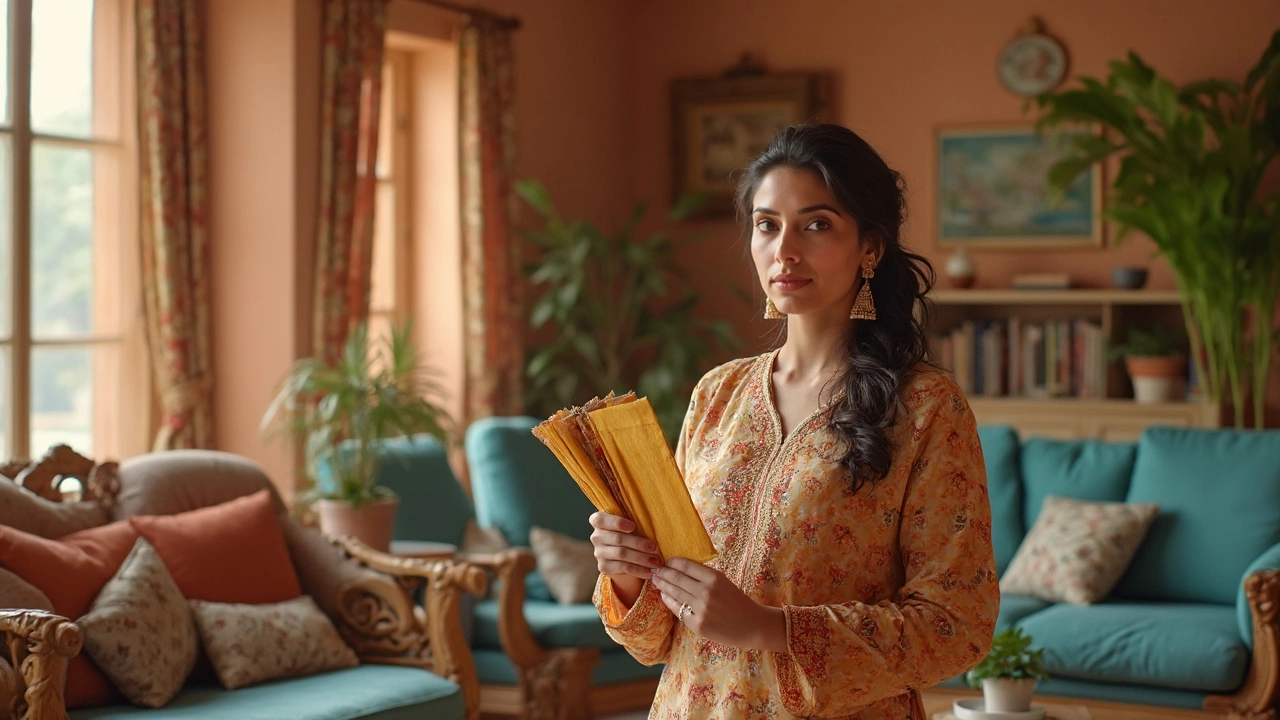
Curtains: Should You Match Them With Walls or Furniture?
Ever stood in front of a pile of curtain samples, totally stuck between matching your walls or your furniture? This article tackles the curtain-matching dilemma using real examples and straightforward advice. We’ll break down how these choices affect the space, what works for different looks, and how to avoid making your windows look awkward. You’ll get concrete tips on color, style, and how not to make your room feel flat or mismatched. If you want your curtains to bring everything together, keep reading.
View More